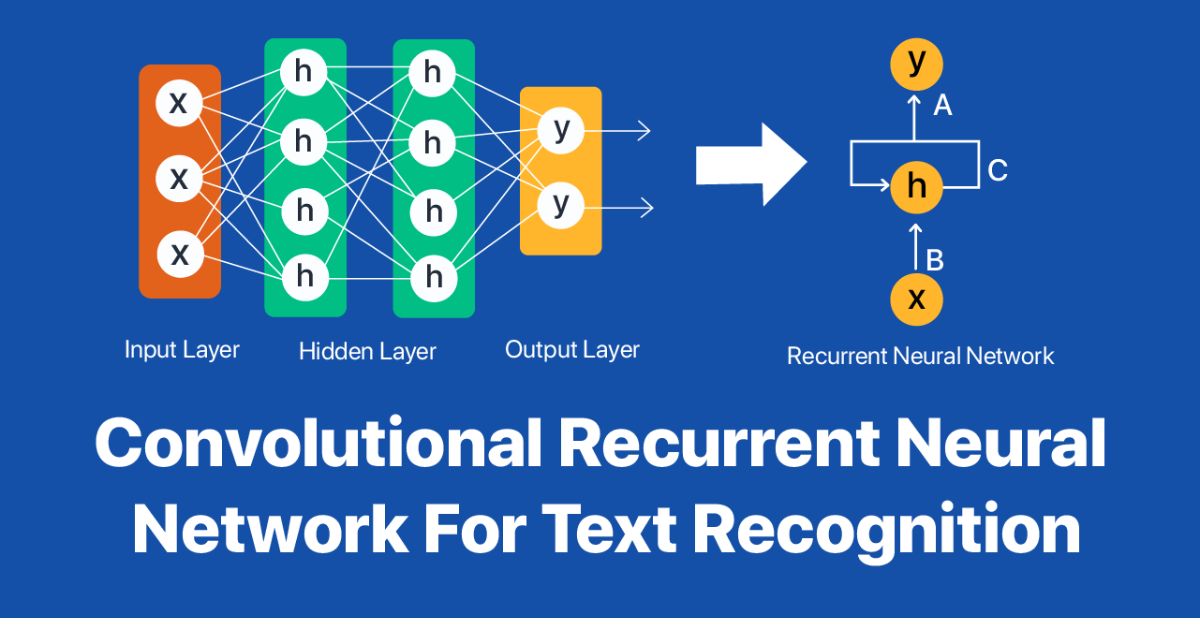Why Image Compression Is Essential for SEO and Website Speed
October 24, 2025 · 5 min read • #image compression#SEO#Core Web Vitals#AI#performance#web optimization
In 2025, website speed is SEO currency — and image compression is the simplest way to earn it.
Unoptimized images can slow your site by several seconds, cost you traffic, and drag down search rankings.
The solution? Smarter, AI-powered compression that makes your site faster, lighter, and Google-friendly.
🌐 The Connection Between Image Compression and SEO
Search engines prioritize fast, user-friendly websites, and images are often the largest contributor to slow load times.
According to Google, images can account for over 50% of a page’s total weight.
When you compress images, you:
- Reduce page load time dramatically
- Improve Core Web Vitals (especially LCP and INP)
- Enhance mobile experience, a key ranking factor
- Lower server load and bandwidth usage
Related: The Ultimate Guide to Compressing Images Without Losing Quality
A faster site keeps visitors engaged — and Google rewards that with better visibility.
⚙️ How Image Compression Works
Image compression reduces the amount of data needed to represent an image while maintaining visual quality.
It comes in two forms:
🔹 Lossless Compression
Preserves all image data — perfect for graphics, icons, and illustrations.
Formats: PNG, WebP (lossless), SVG
🔹 Lossy Compression
Removes imperceptible data to achieve smaller sizes for photos and visuals.
Formats: JPEG, WebP (lossy), AVIF
With AI-driven algorithms, tools like our Image Compressor Tool can automatically determine the optimal compression method for each file — delivering smaller images with virtually no quality loss.
🚀 How Image Compression Impacts Website Speed
Page speed affects everything — from SEO to user engagement to conversion rates.
Benefits of Faster Load Times:
- Higher rankings: Google uses Core Web Vitals as ranking signals
- Better user experience: Visitors stay longer on faster sites
- Lower bounce rates: A 1-second delay can reduce conversions by 7%
- Improved mobile performance: Essential for responsive design
Even small optimizations add up.
A 500 KB image reduced to 100 KB loads 5× faster and consumes less bandwidth — crucial for mobile-first indexing.
Related: AI Compression Algorithms Explained: Smaller Files, Smarter Tech
🧠 AI-Powered Compression: Smarter, Not Just Smaller
AI-based compression tools outperform traditional compressors by analyzing what the human eye can perceive.
They identify and preserve key visual elements while discarding data you won’t notice.
With the Image Compressor Tool:
- Files shrink by 70–90%
- Color depth and detail remain intact
- All processing happens locally (no uploads)
- Conversion to WebP or AVIF is automatic
This balance between quality and size makes AI compression the most effective solution for modern SEO.
🧩 Choosing the Right Image Format
Selecting the correct image format is critical for balancing compression and quality.
| Format | Compression Type | Ideal Use | Benefit |
|---|---|---|---|
| WebP | Lossy/Lossless | General web images | 25–35% smaller than JPEG |
| AVIF | Lossy/Lossless | High-quality visuals | 40–50% smaller than JPEG |
| SVG | Vector | Icons, logos | Infinite scalability |
| JPEG | Lossy | Photographs | Compatible but less efficient |
| PNG | Lossless | Transparent graphics | Larger but precise |
Pro Tip: Use WebP as the default format for websites — and AVIF for premium visuals or photography-heavy sites.
📈 SEO Benefits Beyond Speed
While faster load times directly boost rankings, optimized images also help with:
- Image SEO: Descriptive filenames and alt text help Google index visuals
- Accessibility: Properly tagged images improve inclusivity and UX
- Engagement: Sharper, fast-loading visuals keep users scrolling longer
Each of these signals contributes to better organic visibility and performance across devices.
Related: From Pixels to Words: How Machine Learning Decodes Images
🔒 Privacy and Performance Go Hand in Hand
Unlike many online compressors that upload your files to cloud servers, our tools prioritize data privacy.
The Image Compressor Tool performs all operations on-device:
- No file uploads
- No storage or tracking
- Instant results
That means you get professional-grade optimization without compromising security or privacy.
🧰 Try It Yourself
Optimize your website visuals today with these free tools:
- Image Compressor Tool — reduce image size intelligently
- AI Image-to-Text Tool — extract and repurpose content instantly
- AI Background Remover — simplify and optimize visuals
Each tool is AI-powered, privacy-focused, and built for speed.
💡 Final Thoughts
Image compression is more than a performance tweak — it’s a strategic SEO advantage.
With search engines emphasizing Core Web Vitals and user experience, optimizing your images is one of the highest-ROI actions you can take.
By adopting AI-powered compression and next-gen formats, your website becomes faster, greener, and more search-friendly.
Smaller files, smarter results — that’s the future of SEO.
Enjoyed this post? React below 👇
Related Posts
 Tools Effectively.jpg)
How to Use OCR (Optical Character Recognition) Tools Effectively
Learn how OCR (Optical Character Recognition) works, what it can do for you, and how to use it effectively with our free browser-based OCR Tool to extract text from images instantly.

AI Compression Algorithms Explained: Smaller Files, Smarter Tech
Explore how AI compression algorithms are transforming data storage, image optimization, and network performance in 2025 — delivering smaller files, faster speeds, and smarter efficiency for the digital world.

AI vs Traditional Algorithms: Who Wins in Image Optimization?
Explore the differences between AI-based and traditional image optimization methods. Learn how deep learning, neural compression, and smart encoding outperform legacy algorithms like JPEG and PNG in 2025.
Frequently Asked Questions
Why is image compression important for SEO?
Image compression reduces file size, improving page load speed and Core Web Vitals — both key ranking factors for Google SEO in 2025.
How does compression improve website speed?
Smaller images load faster, consume less bandwidth, and improve user experience, leading to lower bounce rates and higher conversions.
Can I compress images without losing quality?
Yes. Use AI-powered tools like our [Image Compressor Tool](/image-compressor) to intelligently shrink images while maintaining sharpness and clarity.
Does Google recommend specific image formats?
Yes. Google recommends next-gen formats like WebP and AVIF for better compression, faster rendering, and improved performance metrics.
Is online image compression safe?
Absolutely. Our [Image Compressor Tool](/image-compressor) runs locally in your browser, ensuring no image data is uploaded or stored.